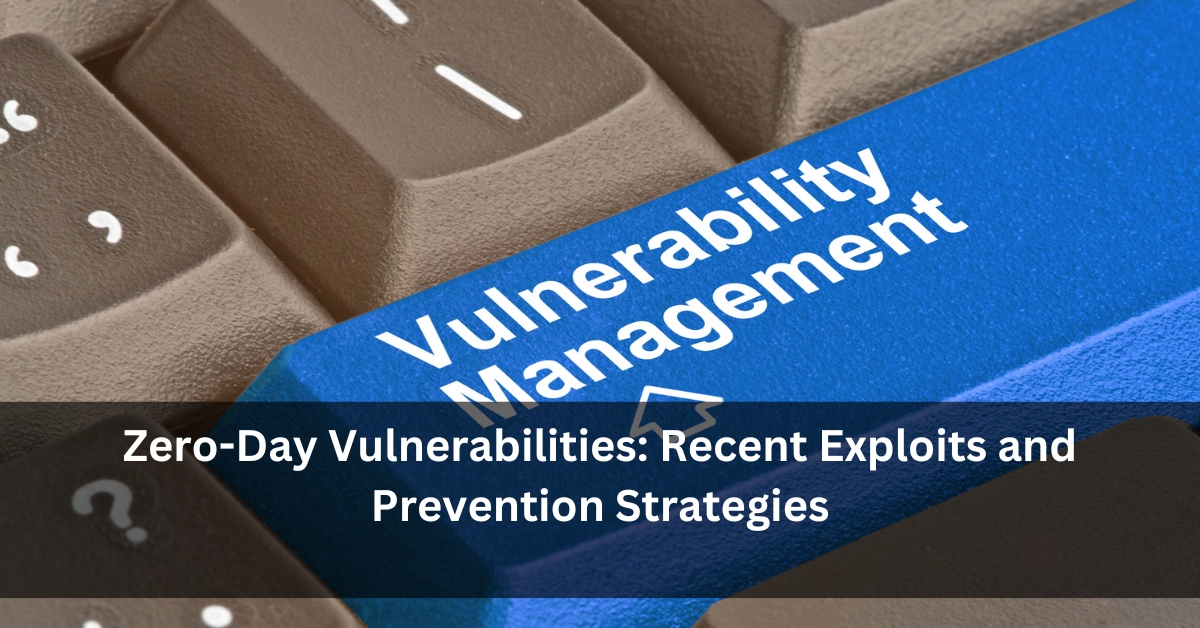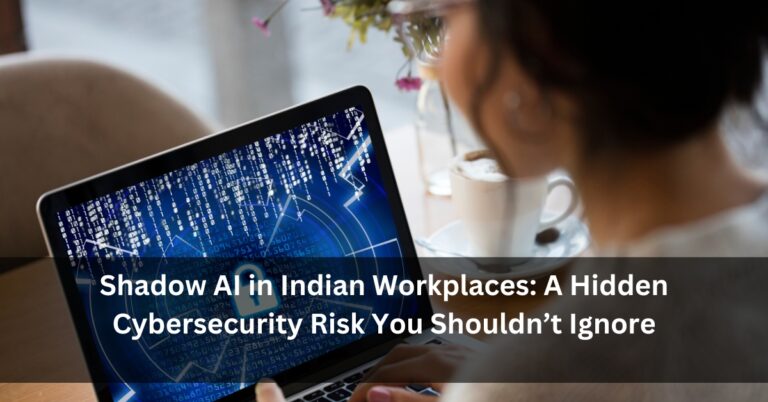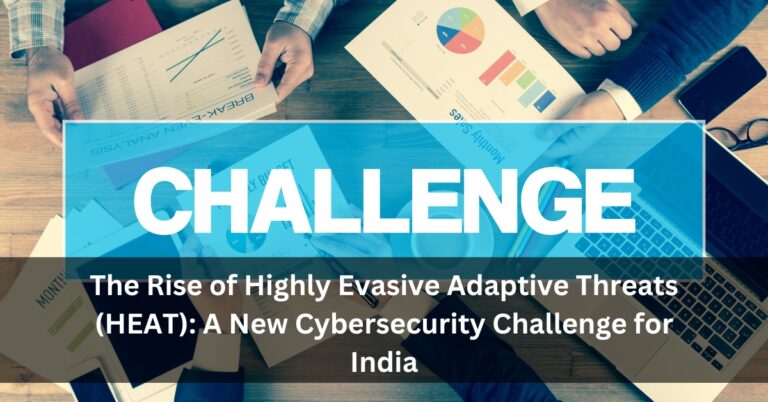Zero-Day Vulnerabilities: Recent Exploits and Prevention Strategies
In today’s fast-changing digital world, one of the most dangerous cybersecurity threats we face is something called a zero-day vulnerability. These are hidden flaws in software that hackers find and exploit before the software company even knows about them. Since there’s no fix available at the time of the attack, these flaws can cause serious damage to individuals, companies, and even government systems.
At FutureAI, we believe in making complex cybersecurity topics easy to understand. So let’s explore what zero-day vulnerabilities are, the most recent incidents around the world, and how you can stay safe in a digital-first India.
What Is a Zero-Day Vulnerability?
A zero-day vulnerability is a security gap in software that developers are unaware of. Because there is “zero” time between discovering the issue and the attack being carried out, these threats are extremely hard to stop. Hackers often use zero-day exploits to steal data, take control of devices, or install harmful software like ransomware.
The term “zero-day” simply means the software company has had zero days to fix the issue before it is used against users.
Why Should Indian Users and Businesses Worry?
India is one of the world’s fastest-growing digital economies. From banking and e-commerce to education and healthcare, we rely on apps and platforms every day. This also means we are vulnerable to such attacks, especially when our devices or systems are not updated regularly.
Zero-day attacks are not just a threat to big tech companies—they can affect anyone. This includes students using educational apps, businesses running customer data systems, or even individuals browsing online.
Major Zero-Day Exploits in 2025
Here are some of the biggest zero-day attacks that have made headlines in 2025:
1. Google Chrome Exploit (CVE-2025-4664)
In May 2025, a serious vulnerability in Google Chrome was found. Hackers used this flaw to take control of devices remotely. The issue was discovered after unusual activity was reported by users worldwide. Google acted quickly and released an emergency update. Users were advised to restart their browsers after updating to stay protected.
This is a reminder of how a common app like Chrome, which millions use every day in India, can become a doorway for attackers.
2. Microsoft Windows Attack
Microsoft also patched several zero-day bugs in May 2025. One of them allowed attackers to run code on users’ systems through the browser, while others gave hackers system-level access. These kinds of vulnerabilities can affect both personal users and businesses using Windows in offices and data centres.
3. Mozilla Firefox Vulnerabilities
At a global hacking event called Pwn2Own Berlin 2025, two major flaws in Firefox were discovered. Hackers were able to break into the system during the event itself. Mozilla later released a fix, but the incident showed how vulnerable even popular open-source browsers can be.
4. SAP NetWeaver Attack
A lesser-known but highly critical attack was on SAP NetWeaver, used by many global companies for managing business processes. The flaw (CVE-2025-31324) allowed hackers to upload harmful files and gain full control. This incident was especially concerning for large-scale operations, including supply chain firms and financial services.
How to Stay Safe: Practical Tips for Indian Users
While these attacks can sound scary, the good news is that there are simple steps we can all take to reduce the risk.
1. Update Your Software Regularly
Make it a habit to update your apps, browser, and operating system. Developers release updates not just for new features, but mainly to fix security flaws.
2. Install Reliable Security Software
Always use trusted antivirus and firewall programs on your devices. Even smartphones should have security apps to detect threats early.
3. Be Cautious with Links and Attachments
Many zero-day attacks start with phishing emails. Avoid clicking on suspicious links or downloading unknown attachments, especially on work devices.
4. Use Two-Factor Authentication
Whether it’s your email, bank, or UPI app, turn on two-factor authentication. It adds an extra layer of protection even if your password is stolen.
5. Backup Important Data
Keep regular backups of your data either on external drives or cloud platforms. In case of an attack, this ensures you don’t lose valuable information.
The Role of FutureAI in Cybersecurity
At FutureAI, we track cyber threats closely and provide regular updates, solutions, and tools to help businesses and individuals stay safe. As India’s digital journey continues, cybersecurity must become a shared responsibility.
Our team at FutureAI believes that awareness is the first step toward protection. That’s why we are committed to sharing easy-to-understand guides, latest news, and prevention strategies.
Whether you’re a student, a startup founder, or a government employee, your data is valuable—and worth protecting. A FutureAI, we aim to make that possible with smart, AI-driven insights and real-world solutions.
If you’re looking for practical tips or want to secure your business operations, FutureAI is your go-to source for the latest in cybersecurity.
Final Thoughts
Zero-day vulnerabilities are a silent but serious danger in today’s connected world. The only way to stay ahead is by being informed and prepared. Keep your systems updated, stay aware of current threats, and never ignore security warnings. With platforms like FutureAI, you don’t have to do it alone.
Stay alert, stay safe—and help build a secure digital India.







